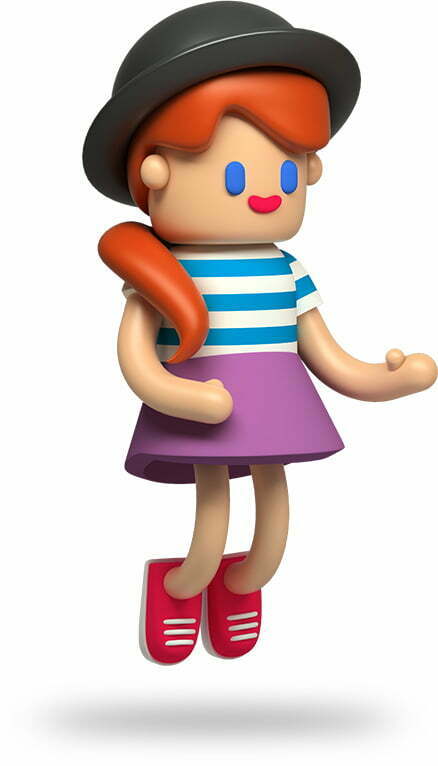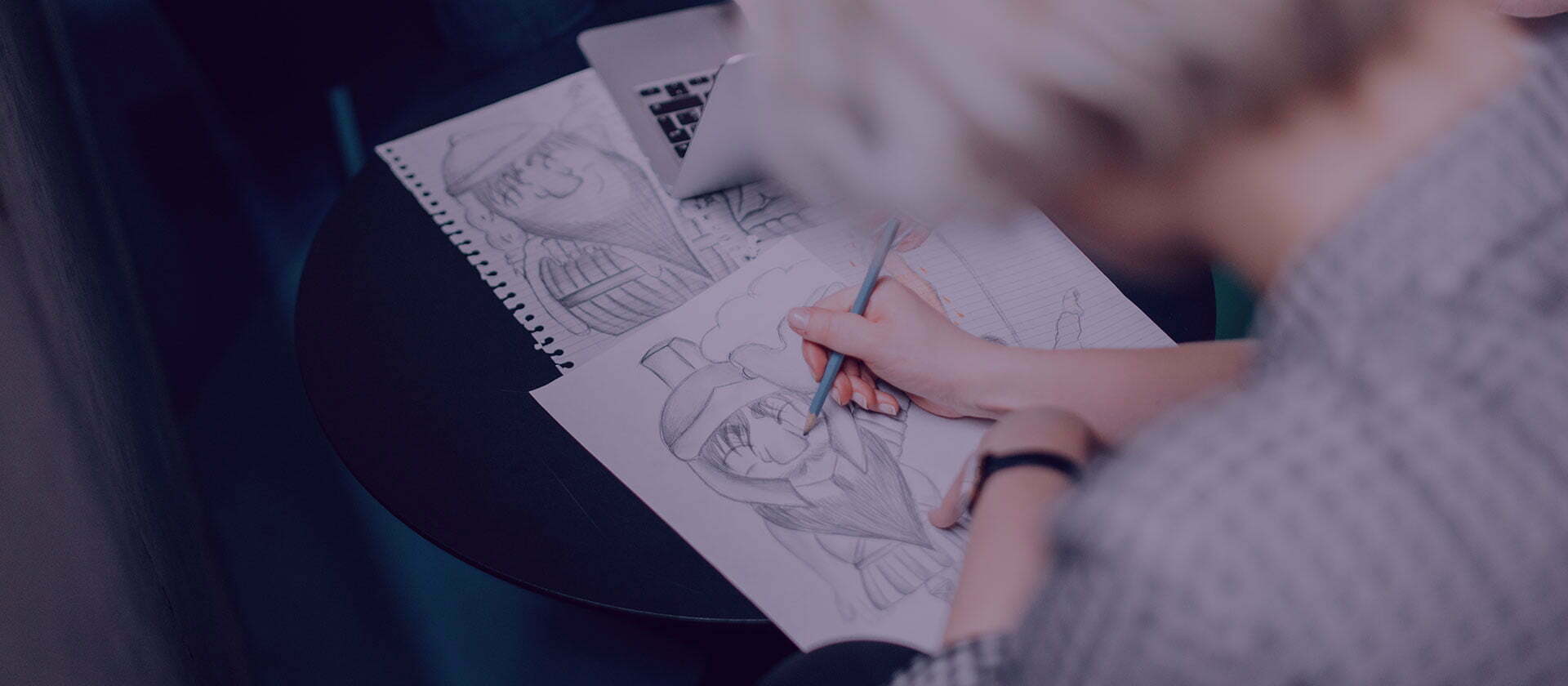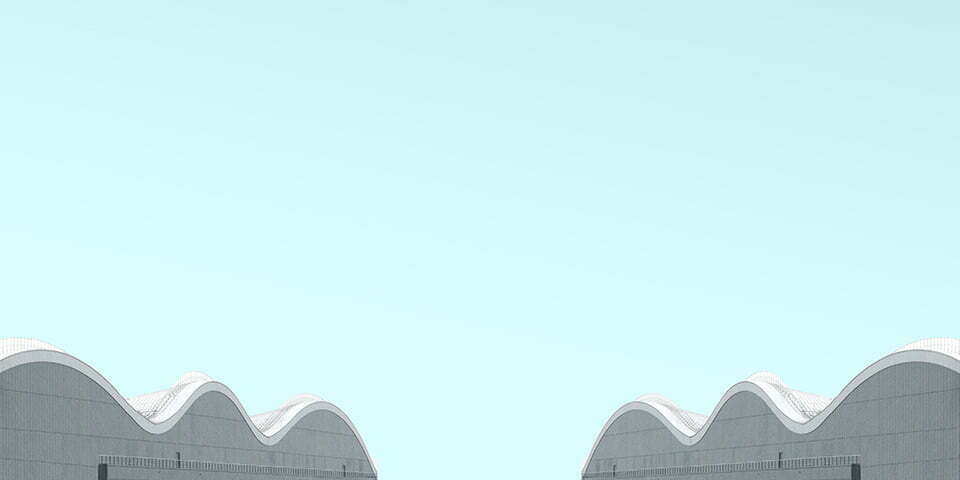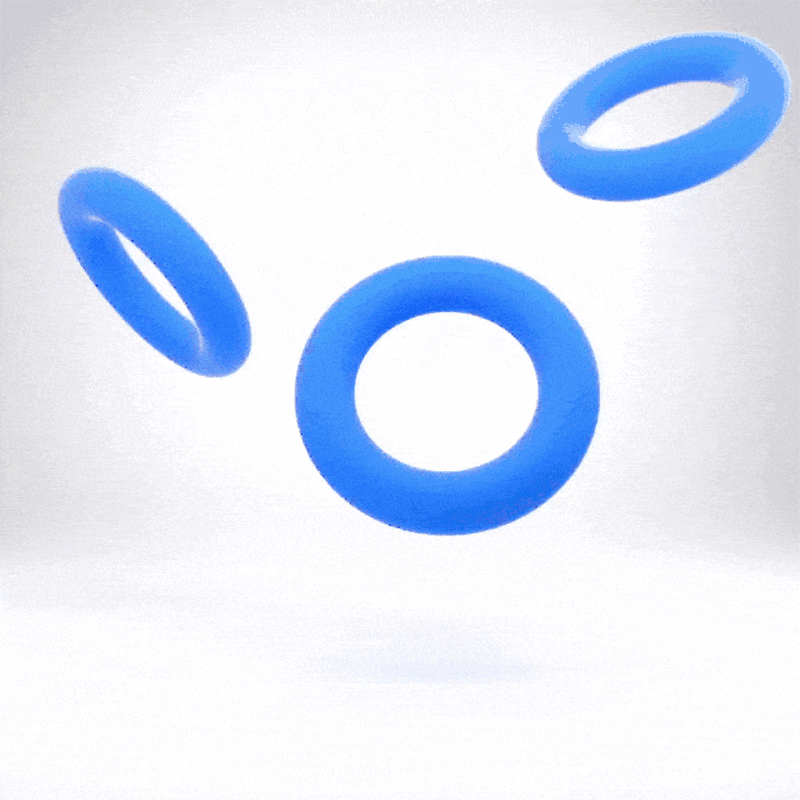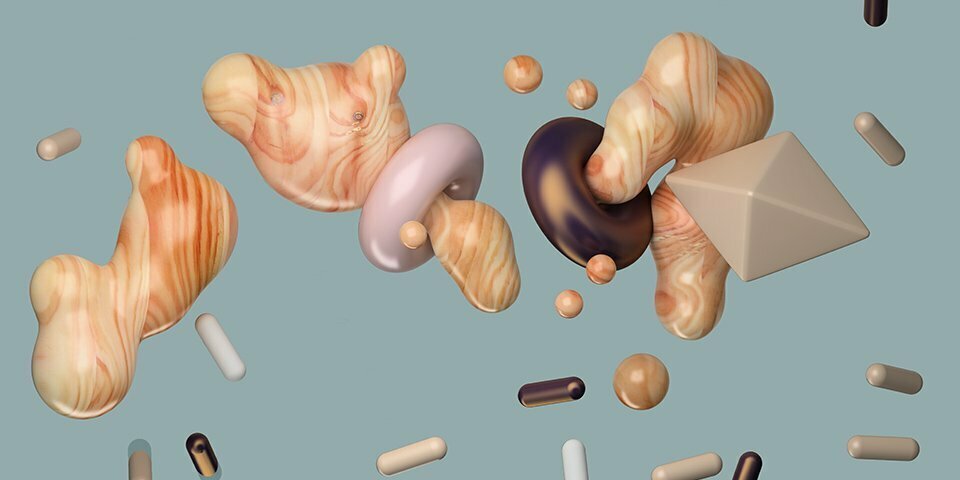

What is Augmented Reality?
Augmented reality (AR) is an experience where designers enhance parts of users’ physical world with computer-generated input. Designers create inputs—ranging from sound to video, to graphics to GPS overlays and more—in digital content which responds in real time to changes in the user’s environment, typically movement.
AR’s Place in the World of Extended Reality
Augmented reality has science-fiction roots dating to 1901. However, Thomas Caudell described the term as a technology only in 1990 while designing to help Boeing workers visualize intricate aircraft systems. A major advance came in 1992 with Louis Rosenberg’s complex Virtual Fixtures AR system for the US Air Force. AR releases followed in the consumer world, most notably the ARQuake game (2000) and the design tool ARToolkit (2009). The 2010s witnessed a technological explosion—for example, with Microsoft’s HoloLens in 2015—that stretched beyond AR in the classical sense, while AR software itself became increasingly sophisticated, popular and affordable.


Understanding AR
Under the umbrella term extended reality (XR), AR differs from virtual reality (VR) and mixed reality (MR). Some confusion exists, notably between AR and MR. Especially amid the 2020s’ technology boom, considerable debate continues about what each term covers. In user experience (UX) design, you have:
- AR—You design for digital elements to appear over real-world views, sometimes with limited interactivity between them, often via smartphones. Examples include Apple’s ARKit and Android’s ARCore (developer kits), the Pokémon Go game.
- VR—You design immersive experiences that isolate users from the real world, typically via headset devices. Examples include PSVR for gaming, Oculus and Google Cardboard, where users can explore, e.g., Stonehenge using headset-mounted smartphones.
- MR—You design to combine AR and VR elements so digital objects can interact with the real world; therefore, you design elements that are anchored to a real environment. Examples include Magic Leap and HoloLens, which users can use, e.g., to learn more directly how to fix items.
Partly because of the slight overlap regarding interactivity, brands sometimes use AR interchangeably with MR. “Augmented reality” remains popular—despite the point that the original sense of AR design is overlaying digital elements upon real-world views: e.g., GPS filters/overlays on smartphone screens so users can find directions from street views. So, digital elements are merely superimposed on real-world views, not anchored directly to them: The computer-generated content can’t interact with the real-world elements users see—unlike in MR. The HoloLens is MR, for instance, because it interprets the space in a room and combines digital objects with the user’s physical environment.
News
Facebook’s Ray-Ban Smart Glasses Don’t Support AR
Yesterday, Facebook CEO Mark Zuckerberg and Luxottica Chief Wearables Officer Rocco Basilico unveiled Ray-Ban Stories, a new line of stylish
There’s An AR Easter Egg Hidden In Apple’s New Event Invite
Apple today confirmed the official date for its upcoming September event. Earlier this morning, Apple’s senior vice president of marketing
